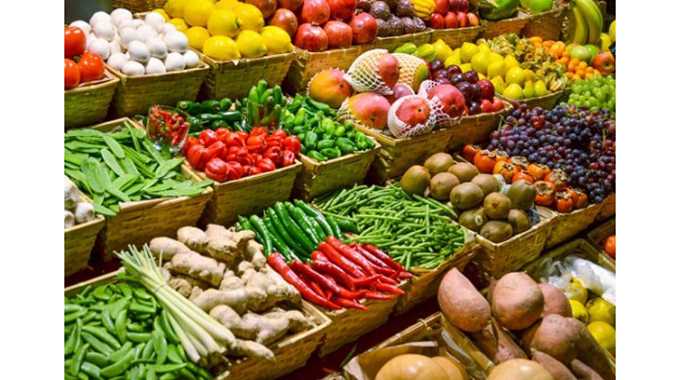
Elita Chikwati
Agriculture Reporter
The National Development Strategy (NDS1) will help in the revival of horticultural production with a focus on exports as well as improved household nutrition.
The strategy will be implemented under the Zimbabwe Horticulture Recovery and Growth Plan which is targeted at reconfiguring the horticulture industry driven by the private-sector, but paired with a transformative rural sub-sector under the Presidential Horticulture Scheme to benefit 1,8 million households.
During the strategy period, focus will be on nutrition, income generation and rural agro-industry development.
The planners want to create a critical mass for local industrial beneficiation of both indigenous and exotic vegetables and fruits.
Since horticulture requires capital investment, the strategy will improve security of land tenure systems for horticulture producers to attract investment and contract farming,
Legal frameworks specific to the horticultural sector will be established to curb side-marketing of produce under contract farming.
Some of the interventions that will be put in place to boost the horticulture recovery include improving ease of doing business by reviewing and making export documentation less cumbersome and costly, developing and maintaining a unique competitive brand for Zimbabwe’s horticultural products and promotion of value added horticulture products to reduce post-harvest losses and raise export earnings
“Strategies and interventions will be prioritised to revamp the horticulture sector during the NDS1 period: diversifying and scaling up production of emerging crops such as blueberries, raspberry and macadamia nuts, which have high demand on the export market and to formalise the domestic horticultural markets, for instance Johannesburg Market Model, in major cities like Harare and Bulawayo.
The horticulture sector prior Land Reform Programme was dominated by large scale commercial growers who invested in skills development, irrigation infrastructure, handling facilities and export market development.
Production declined from around US$143 million in the 1990s to US$40 million.
This triggered high absorption of imports and further collapse of the sector which will be addressed by the implementation of the development strategy.
